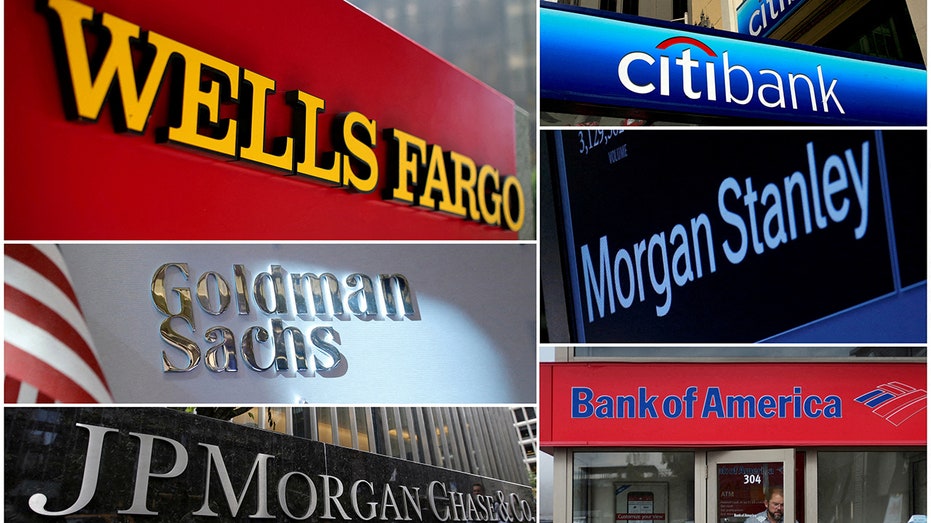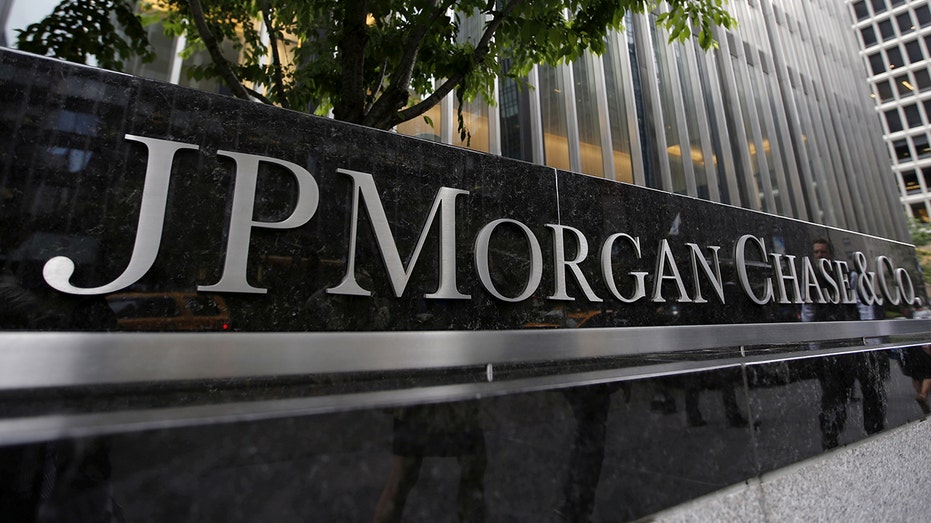Four large US banks increase dividends following annual stress tests
Four U.S. banks — Wells Fargo, Bank of America, Goldman Sachs and Morgan Stanley — raised their dividends on Monday after clearing the Federal Reserve’s annual stress test exercise last week.
Wells Fargo said it expects to hike its dividend to 30 cents from 25 cents a share. Bank of America raised its dividend by 5% to 22 cents per share. Goldman Sachs said it would hike its dividend by 25%, to $2.50 per share, and Morgan Stanley said it plans an increase to 77.5 cents per share and a share buyback program of $20 billion.

A combination file photo shows Wells Fargo, Citigbank, Morgan Stanley, JPMorgan Chase, Bank of America, JPMorgan, and Goldman Sachs from Reuters archive. (REUTERS/File Photo / Reuters Photos)
The Federal Reserve said Thursday that the biggest lenders in the nation could easily weather a severe economic downturn, clearing the path for them to give extra capital to shareholders.
The results of the stress exercise gave banks the opportunity to hike dividends despite the Fed’s test being more difficult than last year, pushing up some lenders’ required capital buffers more than was anticipated.
ALL 33 MAJOR US BANKS PASS FED’S ANNUAL ‘STRESS TESTS’
But some other banks, like JPMorgan & Chase and Citigroup, said their dividends remained unchanged amid increasingly stringent capital requirements.

JP Morgan & Chase. (REUTERS/Mike Segar/File Photo)
The annual stress test exercise is different from the one created following the 2007-2009 financial crisis. For the current one, the Fed evaluates how banks’ balance sheets would perform against a hypothetical severe economic downturn. The results show banks how much capital they need to be healthy and how much they are able to give back to shareholders.

The test establishes each bank’s “stress capital buffer,” an extra capital cushion in addition to the regulatory minimum, with the size determined by each bank’s hypothetical losses under the exercise.

A Bank of America ATM is seen, Wednesday, Feb. 3, 2021, in Winchester, Mass. (AP Photo/Elise Amendola / AP Newsroom)
Citigroup, JPMorgan and Bank of America said their stress capital buffer would rise, which analysts had predicted.
The increase for Bank of America and JPMorgan would be caused by higher credit provisions, while Citi would face higher trading losses, lower fee income and higher expenses, analysts said based on the tests’ results.
Reuters contributed to this report.
